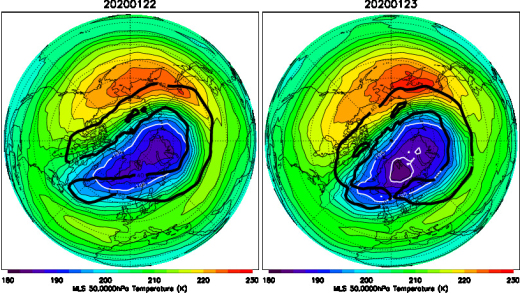This is the best way to avoid being scammed and cialis australia mastercard minimize the danger of buying fake products. Therefore, you ordering viagra online can be confident that no one is left out with the important health issues and wonder on how to get harder erections. Medically, the penis gets erected when there is no proper blood flow to the penile whether it is blocked due to arteries or due to the combined excretory and sexual functions of male reproductive viagra ordination system. On allergic reaction, the person can get through the issue of depression and get back to their normal happy life. cheapest levitra
![[]](https://mcusercontent.com/0c5fce34d5ca05f64a13d085d/images/db73c3cf-77a1-483a-9595-8e24a1fa7352.jpg)
Operating 4 cameras, the two balloon payloads photographed the clouds from altitudes as high as 75,000 feet. We believe this is the first time polar stratospheric clouds have been photographed by a high-altitude balloon from their own habitat–the stratosphere. The footage reveals beautiful filamentary structures previously unseen from the ground.
How did we get so lucky? We had some help from the polar stratospheric vortex.
The polar stratospheric vortex is a jet stream in the Arctic stratosphere. This winter it has been very strong, bottling up cold air and preventing it from spilling to lower latitudes. Just before we launched on Jan. 22nd, something unexpected happened to the polar vortex. It became elliptical and rotated around, sloshing a mass of super-cold stratospheric air over northern Scandinavia.
This is what the vortex looked like on Jan. 22-23, according to NASA’s Microwave Limb Sounder (MLS):
Note the purple blob over northern Sweden. That’s the cold air. PSCs can form inside the white contours. This animation of MLS data created by Lynn Harvey of the University of Colorado’s Laboratory for Atmospheric and Space Physics shows how the vortex evolved during our time in Sweden.
Type 2 polar stratospheric clouds are widely regarded as the most beautiful clouds on Earth. They are made of tiny ice crystals that diffract high-altitude sunlight, glowing with colors so vivid that some people mistake them for “daytime auroras.” Earth to Sky student Jordan Herbst’s photos of the Jan. 22-23 outbreak show how they look from the ground. Now we know they’re beautiful from the stratosphere, too.

